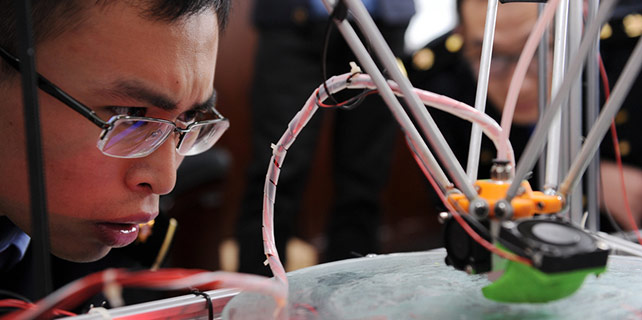11 hurt in student car-knife rampage at Ohio State University
According to The Lantern, the college newspaper, Chinese students represented nearly 60 percent of the international student population at Ohio State, which has 60,000 students at the main Columbus campus. There were 3,606 Chinese undergraduate, graduate and professional students enrolled in the fall of 2013.
Cheng Linya of Beijing, who studies urban planning at OSU, said: "We are fine since we received the alert before we went to class. … Except the attack that happened today, I think Ohio is a very safe area. We may receive a safety alert once a year, but nothing big had happened before today's attack, so basically I don't think this is a dangerous place."
The Lantern published an interview in August with a student named Abdul Razak Artan, who identified himself as Muslim and a third-year logistics management student who had just transferred from Columbus State in the fall.
He said he was looking for a place to pray openly and worried about how he would be received.
"I was kind of scared with everything going on in the media. I'm a Muslim, it's not what media portrays me to be," he told the newspaper. "If people look at me, a Muslim praying, I don't know what they're going to think, what's going to happen. But I don't blame them. It's the media that put that picture in their heads.”
In recent months, federal law enforcement officials have raised concerns about online propaganda that encourages knife and car attacks, which are easier to perpetrate than bombings.
The Islamic State group has urged sympathizers online to carry out "lone wolf" attacks in their home countries with whatever weapons are available to them.
In September, a 20-year-old Somali-American stabbed 10 people at a St. Cloud, Minnesota, shopping mall before being shot to death by an off-duty officer. Authorities said he asked some of his victims if they were Muslim.
Hong Xiao and Judy Zhu in New York contributed to this story.
















